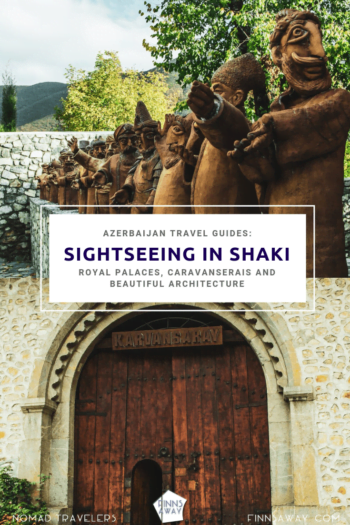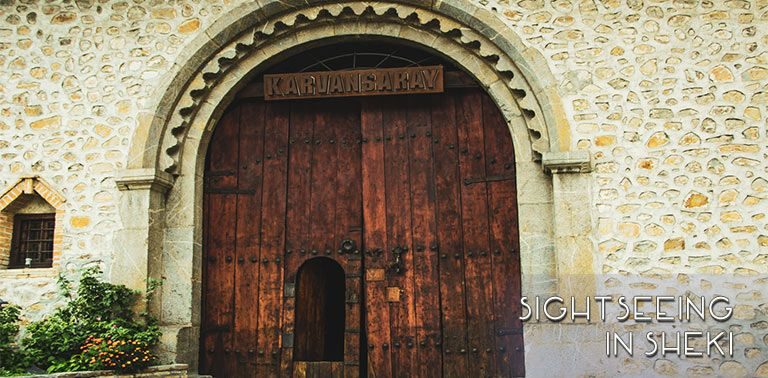
Sightseeing in Shaki, Azerbaijan
Azerbaijan is not a very popular travel destination yet, but slowly luring in more and more visitors. Before arriving there, we didn’t know much more about it, than that the capital Baku with its skyscrapers and oil industry, and that there is an ongoing warfare with Armenia over Nagorno-Karabakh area. We decided to start exploring the country from mountainous northwest, and traveled from Georgia to Shaki (Sheki), a small town in the lower slopes of Greater Caucasus.
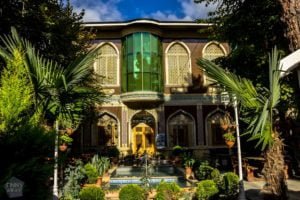
The main attractions in Shaki, alongside the surrounding forested mountains and snow-topped peaks of Caucasus, are related to the colorful history of the city. The first settlements in the area date back to the Bronze Age, but the present day city was established in 18th century, after floods destroyed the original Shaki. The town, and royal capital was moved to Nukha Fortress, built by Khan Haji Chalabi in year 1772. In early 19th century Shaki flourished as a trade town between caravan routes, and as a silk-weaving town. The walled fortress is well-preserved, and on a stroll in the old town, tourists can visit beautifully restored royal palaces and historical caravanserais.
Nukha Fortress and Shaki Khan’s Palace
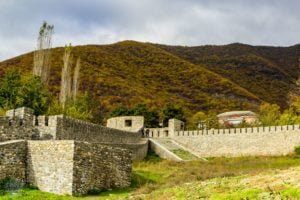
Walled Nukha Fortress encloses the Xan Sarayi Palace from 18th century, craft workshops, museums, a round-towered stone church, and just recently opened ABAD Arts Center. The main sight is the fully restored Shaki Khan’s Palace, with colorful, stained-glass windows, wall murals, and a rose garden with huge, ages-old trees. It was originally built as just one of the dozens of Shaki Khans administrative buildings inside the fortress, but is the only one that still exists.
Winter Palace
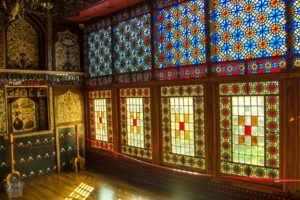
Outside the fortress walls, in the middle of the rambling old town, is another handsome Khan palace. This building used to be Khans winter home, and has similar glass-stained windows, wall murals and rose garden as the Sarayi. Most of the rooms are plain white, but there is one room in the upper level with vivid paintings and exceptional lighting through the colorful windows. It’s allowed to take pictures, against a fee of 3 manats. Admission is 2 manats, so roughly 1 euro (Nov. 2018). To find it, follow the ‘Saki Xanlarinin Evi’ signs either from Nukha Fortress or from along the main street of the old town, Mirza Fatali Axundov.
Karvansaray inn
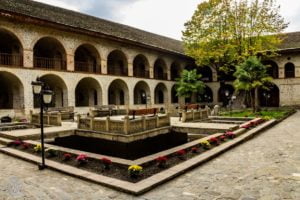
Caravanserais used to be roadside inns for travelers, mostly traders who made long journeys between east and west in caravans. These old-world nomads could rest and recover in these huge buildings, usually with an enclosed court. One of the caravanserais of Shaki has been turned into a relatively inexpensive hotel with a restaurant. Tourists are welcome to pop in through the gigantic wooden doors, and explore the handsome building and inner yard.
Albanian Church in Kish
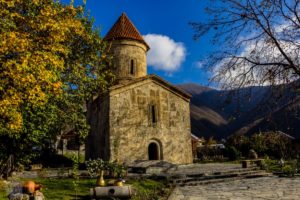
The church of Kish in the village by the same name, 6 km from Shaki, is said to be one of the oldest churches in Caucasus. The round-towered church has been beautifully restored, and there is an informative museum of the history of Caucasian Albania. The current structure of the church was built in 12th century, but archaeological studies and excavations have shown that there has been a much older church on the same site. Parts of the foundations of the old church can be seen through a glass-cover near the church entrance.
Archaeological evidence shows, that the site was sacred long before the church was built. Various objects found beneath the altar date back to roughly 3 000 BC. There are several glass-covered grave vaults, with skulls and bones possibly as old as from the Bronze Era. Ticket to the site and church is 2 manats, so roughly 1 euro (Nov. 2018).
Galarsan-Gorarsan Fortress ruins
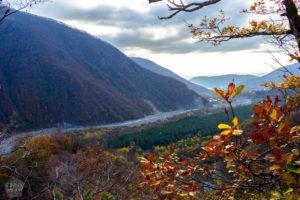
Galarsan-Gorarsan is a medieval fortress ruin, high above the Kish river, north from the village. The fortress was built in defensive purposes back in 8th or 9th century. It’s not much more than partly collapsed stone walls and towers today, but still worth a hike through forest. Views from the fortress over the river valley are beautiful, especially in late autumn when the leaves turn red and yellow. According to a legend, the name of the fortress, that translates to “will come, will see” was given after Haji Chalabi shouted those words down to Nadir Shan, who had marched to the fortress and offered Haji Chalabi a possibility to surrender without fight. Refusal led to an attack, but Nadir Shan’s great army couldn’t capture the high-walled fortress.
To find the fortress ruins, you’ll need to either follow the dirt roads next to the river, north from Kish. Maps.me is a great navigation tool for this, as all paths and small roads are marked in the map. It’s roughly 4 km hike from Kish, unless you arrange a ride. To get to Kish, you can either walk or take a marshrutka number 15 from Shaki. Just note, that there can be military personnel patrolling by the river. I don’t really know why they are there (it may have something to do with Russian border being just about 10 km away), but they seem to let tourists through, just keep your camera out of sight and tell that you are heading to Galarsan-Gorarsan.
Practical information
Shaki has approximately 60 000 residents, so it’s a relatively small town. However, tourism is in Azerbaijan scale quite developed, and there are plenty of accommodation options, including some resorts and even a spa hotel in Kish. You can also find some nice restaurants, cafes and pubs. English is not widely spoken, and at least in the basic restaurants that we ate in, there weren’t menus available in English, if at all. So it’s very useful to have some kind of translator and food vocabulary in hand. Shaki is well connected with Baku and Ganca, as well as with some smaller cities in Azerbaijan. It’s also easy to reach Shaki from Georgian side, via town of Qax.
Related post: How to get to Shaki from Georgia
We were in Shaki early November, and got to explore the sights almost alone, except the Shaki Khan’s Palace, where we happened to arrive at the same time with busloads of Russian tourists. During the summer the main sights are for sure more busy. We stayed few nights in a recently opened Zengereb hostel, that offers low-priced accommodation in the city center. It was an amazing place really, a huge house with big rooms and kitchen in use, and the best thing was the super-hospitable owner who enjoys bringing the guests from different countries together over a tea or supper.

